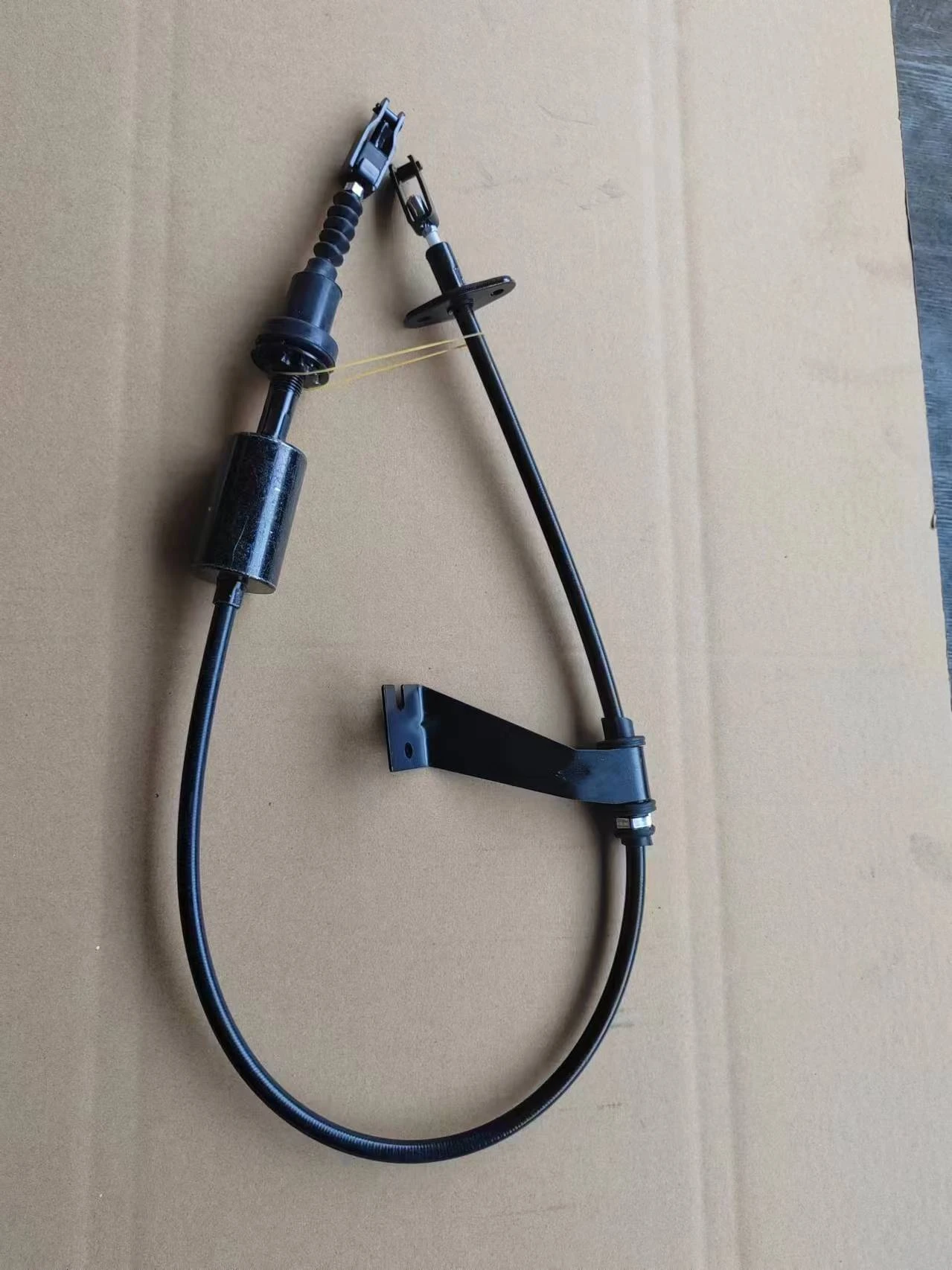gear stick cable
Understanding Gear Stick Cables An Integral Component of Your Vehicle's Transmission System
When it comes to automobiles, every component plays a vital role in ensuring smooth operation. Among these components, the gear stick cable stands out as a crucial element that often goes unnoticed until issues arise. Understanding its function, importance, and maintenance can help drivers appreciate this intricate piece of engineering and prevent potential problems.
What is a Gear Stick Cable?
The gear stick cable, also known as the gear shift cable or transmission cable, is part of the transmission system that connects the gear lever (or gear stick) inside the car to the transmission mechanism. Its primary function is to transmit the driver's gear selection to the transmission, enabling the vehicle to move efficiently through its various gears. In manual transmissions, the cable is responsible for linking the gear lever directly to the gearbox, while in automatic systems, it often connects the gear selector in the cabin to the transmission control unit.
The Importance of Gear Stick Cables
Although it may seem trivial, the gear stick cable plays a pivotal role in your driving experience. A well-functioning cable ensures that shifting gears is smooth and responsive. Conversely, a malfunctioning cable can lead to a myriad of issues, including difficulty in changing gears, slipping out of gear, or complete inability to shift. These problems not only hinder vehicle performance but could also pose safety risks, particularly in situations where timely gear changes are crucial, such as during overtaking or driving uphill.
Signs of a Failing Gear Stick Cable
Recognizing the early signs of a failing gear stick cable can save drivers time and money on repairs. Common symptoms include
1. Difficulty Shifting Gears If you experience resistance or find it hard to shift through the gears, it may indicate that the cable is frayed or stretched.
gear stick cable

2. Unusual Noises Grinding or clicking sounds when changing gears can signify wear and tear on the cable or related components.
3. Gear Slippage If your vehicle unexpectedly slips out of gear, it can be a sign of a poorly functioning cable, which fails to secure the gear properly.
4. Check Engine Light For some vehicles, a malfunction can trigger the check engine light, warning you that something is wrong with the transmission system.
Maintenance and Replacement
To ensure the longevity of the gear stick cable, regular maintenance is essential. Drivers should keep an eye on the cable for any visible signs of wear, such as fraying or corrosion, especially in older vehicles. It’s also good practice to ensure that the cable is adequately lubricated, as this promotes smooth operation and reduces friction.
If problems are detected, addressing them promptly can prevent further damage to the transmission system. In many cases, replacing a gear stick cable is straightforward and can be done by car enthusiasts or mechanics. The process typically involves disconnecting the old cable from the transmission and gear lever, then installing a new one in its place.
Conclusion
In summary, the gear stick cable might not be the star of the automotive show, but it is undoubtedly a key player in the performance of your vehicle's transmission system. Understanding its function and recognizing potential issues can keep your vehicle running smoothly and safely. Regular maintenance and timely repairs can ensure that your gear shifting experience remains seamless and enjoyable, allowing you to focus on the road ahead rather than the complexities of your vehicle's mechanical systems. Whether you’re a seasoned driver or a newcomer to the world of automobiles, knowledge about components like the gear stick cable can make you a more informed and responsible vehicle owner.
-
Workings of Clutch Pipe and Hose SystemsNewsJun.04,2025
-
The Inner Workings of Hand Brake Cable SystemsNewsJun.04,2025
-
The Secrets of Throttle and Accelerator CablesNewsJun.04,2025
-
The Hidden Lifeline of Your Transmission Gear Shift CablesNewsJun.04,2025
-
Demystifying Gear Cables and Shift LinkagesNewsJun.04,2025
-
Decoding Clutch Line Systems A Comprehensive GuideNewsJun.04,2025
